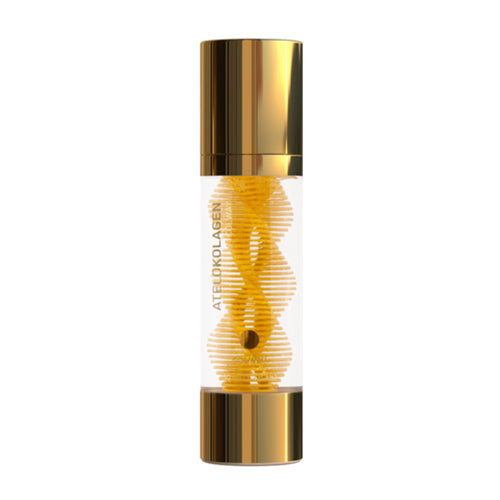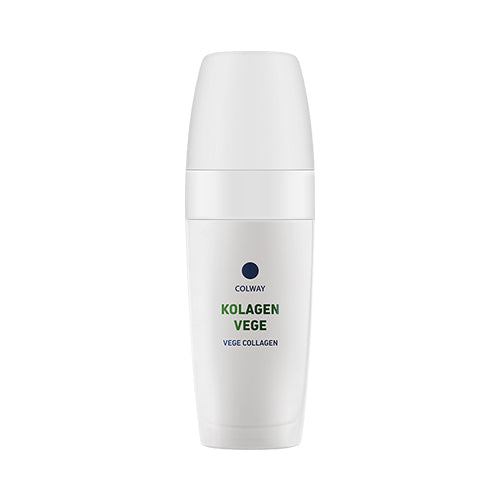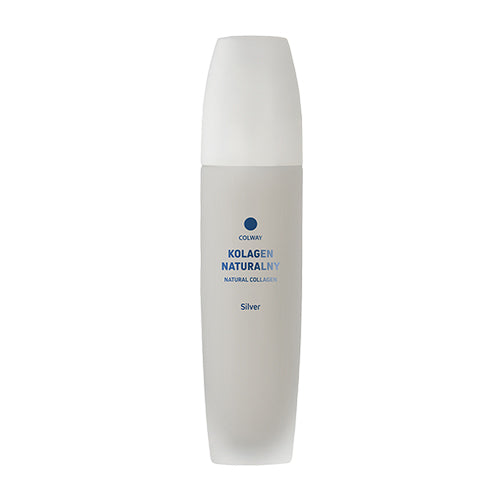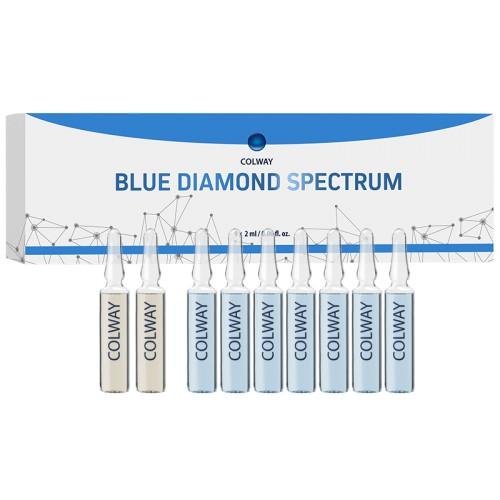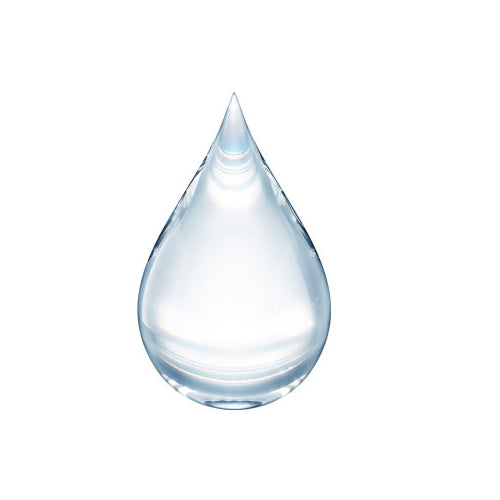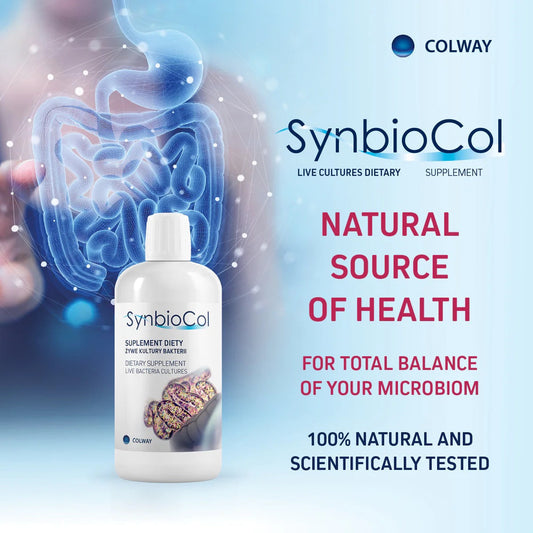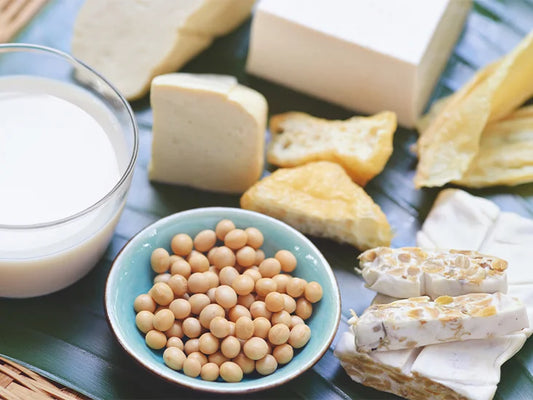6 Myths about the Glycerin In Skin Care
You may have noticed that all of a sudden Glycerin (Glycerol) is everywhere – if you read the ingredient panel of any skincare or hair care product it is most likely present, together with water, silicones and preservatives. Whether or not the manufacturer promotes itself as “natural” or “organic”, it seems that Glycerin has become a staple in skincare formulations. More than that, we now see it even in food items!
So, how beneficial and safe is Glycerin, really? And how much of it is ok to absorb through our skin or ingest?
We see much debate on the internet with some people saying Glycerin is dangerous and others contradicting and saying it is not only safe, but beneficial. Who do we believe? In order to answer these questions once and for all, let’s take a look at them from a biochemist’s point of view. After you read these myths one by one, you can decide for yourself where you stand on this issue. You will be armed with all the facts you need in order to make an educated decision.
1- Glycerin is everywhere – it must be good for my skin
If we think about skincare formulas 30-50 years ago, we may remember that almost all of them were based on Vaseline. Various cold crèmes did not absorb as much as they sat on top of the skin creating almost a mask. This was not ideal, but not very harmful either, because the products were unable to penetrate deep into the skin layers.
Vaseline was a cheap, almost free byproduct of the oil industry. As oil production changed and oil became harder to find, the consistency of it also changed – it was not as light as it used to be, coming more from the depth of the planet than from the relatively shallow deposits. Vaseline became harder to separate, and therefore more expensive, the cosmetics industry started looking for a cheaper alternative to serve as filler in creams and moisturizers. Glycerin came to the rescue, since it was easy to synthesize in a lab from pretty much anything – very cheaply and in great quantities. The difference is that it penetrates the skin easily and binds with it. In addition, it allows all the chemicals in the formula to penetrate the skin as well.
2- Glycerin is a moisturizer
The real name for Glycerin is Glycerol, identifying it for what it really is – an alcohol (-OL is the ending of alcohol group of chemical compounds). As any other alcohol, Glycerin is a degreaser – it absorbs lipids (oils), and removes them from your skin. Many people mistakenly think that because Glycerin has a sleek feel to it, it must be moisturizing. In fact, nothing could be further from the truth. The sleekness of Glycerin is a result of the length of the molecules. They are much longer than regular alcohol (rubbing alcohol, for example) and therefore feel differently. To explain how drying Glycerin really is let’s just mention that it has 3 groups OH, the degreasing groups, while rubbing alcohol only has 1 group OH. So, Glycerin is much stronger than rubbing alcohol in its degreasing, drying action. Another alcohol we often see in skincare is Propylene Glycol, which has two groups OH.
Strong collagen in your skin is what prevents skin from sagging and developing wrinkles. Collagen is built from lipids. So, your skin needs lipids to remain looking young and firm. Glycerin robs your skin of its lipids, removing them when you remove the product off your skin. Instead of helping your skin, Glycerin deprives it of much needed lipids and we see the collagen levels drop, creating wrinkles and sagging.
3- Glycerin helps retain water in the skin.
Don’t you just love the feeling of moisture you get when you apply a moisturizer to your skin? It lasts all of about 5 minutes, but you will pay dearly for that short lived pleasure. Here is what is really happening at that moment. Most creams contain both water (cheapest filler for products) and Glycerin. When you apply a cream to your skin, the Law of Connecting Vessels (you may remember learning about it in your science class) takes effect. This physics law states that water will flow from where there is more of it to where there is less of it to equalize.
Therefore, when you apply any water-rich cream (100% humidity) to your skin (about 70% humidity), the water in the cream will flow into your skin. This will last until all the water in the cream on your skin is used up. As soon as it’s over, the process is reversed! Now, by the laws of physics, the water will flow from your skin (70% humidity) to the air around you (55-60% humidity), since the glycerin is still on your skin and the connections, called oxygen bridges (OH groups) are still there! This process will continue for as long as the cream is on your skin – 10-12 hours per day, sometimes longer. You will continue losing water for hours, since these oxygen bridges dramatically increase water loss from skin. I am sure you have noticed that in the winter your skin feels much drier, because the air indoors is so dry that you skin loses even more moisture than usual. This is a perfect everyday example of how this physics law works.
The only time this physics law is beneficial to you is when you are somewhere where humidity in the surrounding air is higher than your body humidity. If you are, perhaps, caught in the rain (100% humidity) or relaxing at the beach (90-95% humidity) or otherwise can absorb water from the environment into your skin via oxygen bridges created by Glycerin.
4- Silicones together with Glycerin help skin retain moisture. Silicones let the air out and keep the moisture in.
Here we see a statement made with very little understanding of chemistry. In fact, the very opposite is true. A molecule of air is bigger than a molecule of water. If you had to compare them in layman’s terms, it would be like comparing a German shepherd to a cat. The net silicones create on your skin is very tight – silicone is basically a plastic sheet on your skin. It will let the little cat through (in our case, water molecule) but will keep a big dog in. So, if your product contains silicones (anything ending in –cone or –xane), it will cover your skin like a sheet of plastic with tiny holes, letting the water evaporate but not allowing the air exchange.
The result is not only the loss of water, but also skin suffocation at first, and later, latent inflammation. This slow, but relentless inflammation, continuing for years, breaks down skin collagen, ages your skin and erodes its tone and beauty. We will cover more issues associated with the use of silicones in a separate article. Let’s stay true to our purpose and move on to the next myth.
5- Glycerin is just another ingredient in my moisturizer. It is natural, so it can’t hurt anything.
Glycerin is an oxidant, just like all the rest of the alcohols (as opposed to anti-oxidants so famous in skin care today). What does this mean? Glycerin molecule contains a lot of free oxygen. Oxygen reacts with the molecules of other ingredients, usually the plant-based ones, completing their molecular bonds and rendering them inert. So, when your moisturizer boasts various plant-based ingredients, such as chamomile, lavender, turmeric or any other plant, but it also has glycerin in it, you can be 100% sure that all the plant ingredients in this formula are already oxidized. This process happens so fast, that within 2 hours of production of the product, before it is ever even packaged in the jars, it is already complete. By the time you purchase the product from the store, it has been dead inside for a long, long time.
If you have ever tried fresh squeezed orange juice, for example, you know that you have to drink it as soon as it is squeezed. Why is that? Within 15 minutes the juice will be completely oxidized by the outside air and rendered inert, making it exactly the same as the juice you purchase from the store shelf. The same happens to the active ingredients in an oxygen-rich moisturizer.
6- Glycerin in my product is vegetable-based and organic, so it must be better and safer.
Many consumers think that only Glycerin synthesized in a lab (synthetic) causes problems, and that if it is synthetized from vegetable oils, it is somehow a different type of Glycerin. In reality, their molecular structure is exactly the same.
Have you ever observed an alcoholic? Can you picture the ruddy cheeks, bulging eyes, sagging yellow skin? You may not know, but they have other issues too: weak muscle tone, including intestines, bladder and heart muscle. This makes them constipated, while leaking urine every time they sneeze.
Wait, does that sound familiar? Have you ever sneezed and peed your underpants just a little?
Or have you seen the commercials on TV advertising adult diapers? They keep using younger and younger actresses every year. These women cannot possibly be alcoholics – they look so healthy and vibrant!
Indeed, urologists in recent years have raised an alarm about many conditions that we have never seen before, such as non-alcoholic liver cirrhosis in non-drinking women. This means that healthy, non-alcoholic women are displaying symptoms they should not have. Where are they getting exposed to all this alcohol? The only other source is their skincare! They absorb so much alcohol in the form of Glycerin through their skin, that their organs cannot handle it.
Usually, when we have a glass of wine or a cocktail, the alcohol is eventually broken down to sugars by our liver and is rendered safe. The alcohol we absorb through our skin, and then carried by our blood to all the different organs in the body, poisoning them with unprocessed alcohol. Let’s also remember that Glycerin is much stronger than regular alcohol.
No matter what glycerin is synthesized from, the molecule remains the same. Vegetable, organic, natural – it is still the same Glycerin molecule. Consumption of it can result in rosacea, inflammations, heart problems, urinary tract disorders, constipations, hemorrhoids, premature aging and a whole bunch of other unpleasant and dangerous issues that we would never think of connecting to our skincare. Of course, these symptoms do not appear overnight, but then, we use Glycerin-laden products, including toothpastes, lotions and shampoos, several times per day for many years.
Just to illustrate how connected everything is, remember that a couple of years ago hand sanitizers had to be sold by prescription only in several European countries. Hand sanitizers are made mostly from Glycerin mixed with Propyl (rubbing) alcohol and teenagers were drinking them and dying. This illustrates the true power of Glycerin.
If you are currently struggling with Rosacea, which is considered an untreatable condition, consider that most Rosacea cases today can be connected to the amount of glycerin in a person’s skincare regimen. We have observed that once Glycerin is eliminated as skin irritant, and replaced with glycerin-free products, Rosacea symptoms decrease dramatically.

